The Science Behind Honda’s Solid-State Battery Breakthrough
In January 2025. Despite numerous years of research and billions of dollars spent, no company has yet successfully integrated a solid-state battery into a test vehicle. If Honda fulfills its own commitments, it will be the most revolutionary development in electric vehicles since a mid-sized California startup called "Tesla" announced that it would start manufacturing electric cars.
However, Honda has made an exciting declaration that it will have a production facility operational in just a couple of weeks' time. Toyota began the solid-state revolution over a decade ago, but its progress has been frustratingly slow. If Honda's announcements are accurate, it may outshine Toyota in the solid-state arena.
To provide you with the most accurate and up-to-date information, the data used in this article was gathered from various manufacturer websites and other trusted sources.
Revolutionizing Battery Production: Honda’s Game-Changing Demonstration Line
- Honda's new factory is a demonstration line and isn't a full-scale production facility yet.
- Honda anticipates commencing operations at its manufacturing facility in January 2025.
Honda's manufacturing facility is essentially a demonstration line, rather than a regular production factory. Nonetheless, this milestone signifies a significant stride in the creation of car-sized robots like themselves. To date, no other company has successfully gotten a factory for SSBs - even if it's a small one - operational. While several major companies claim to be building SSB factories, they've all stated that their new facilities will open "someday," without specifying a particular date, unfortunately. Notably, Honda stands out by declaring that theirs will be up and running within the next couple of months.
Preparing for Large-Scale Manufacturing
Honda refers to this facility as a "demonstration line." This plant, based in Sakura City, Tochigi Prefecture and spanning 295,000 square feet, was partially supported by Japan's Green Innovation Fund, a program that grants funding for projects focused on green innovation.
.
Honda is Developing Batteries for the Future, Not Batteries for the Upcoming Year
The most notable aspect of Honda's announcement is the start date. Production is scheduled to begin in January 2025. Honda will focus on perfecting the techniques and costs associated with mass production. As part of this effort, the Sakura City facility incorporates technologies for processing and preparing electrode materials, applying coatings and rolling them out, and assembling battery modules.
They have developed working battery prototypes and many of these companies have also announced construction on new factories. However, Honda alone is expecting mass production in a few weeks, whereas most others are only forecasting a production timeline of a couple of years.

This New Honda EV Could Lead the Electric Mobility Segment, Here's Why
From charming features to impressive capabilities, this Honda EV meets the needs of the general public.
Enhancing Battery Performance with Roll-Pressing Technology
- Honda is improving its battery design, allowing it to be assembled more efficiently and at a lower cost.
- Honda has come up with a way to prevent dendrites from forming, which is one of the main problems that can kill solid-state batteries. It covers the area where the crystals would normally grow with a layer of plastic.
One significant development was using roll-pressing technology to secure their batteries together, which simplifies the production process and enhances the performance of the batteries themselves.
Driving Progress with Solid-State Advancements
One of Honda's major advances in solid-state batteries was its roll-pressing method. By essentially stamping the SSB cells together during assembly, the company's approach achieves a higher density of solid electrolyte layers, which in turn boosts energy efficiency.
Typically a powder. Like all powders, solid-state electrolytes have lots of tiny gaps in them. Electricity can't pass through air, unless it's arcing, and that's not what you want inside a battery. When batteries are pressed together (as opposed to any other assembly method), that literally pushes out the air and empty space. In the end, the solid electrolyte makes perfect contact with the battery's electrodes - or at least as good as it can be.
Also, putting in new batteries speeds up the build time. Making welds and other processes take a lot longer than just pushing the batteries through a press that squishes them together. Honda also wants to simplify the cooling systems for the batteries. Unlike lithium-ion batteries, ASSBs can withstand heat pretty well. That is, heat doesn't cause much damage to them. Of course, SSBs still need to stay cool. However, their built-in heat resistance lets Honda make the cooling systems simpler.

Add to your Google News feed.
Google News
Honda Is Extending the Life of Its Batteries Using a Common, Thin Sheet of Plastic
This allows its solid-state batteries to last longer. The solution is so simple it shouldn't work: putting a layer of plastic, thin enough to let electricity flow through, where the dendrites would otherwise grow.
Lithium crystals forming in battery compounds grow into small, spiky "dendrites". As they spread, they damage the internal structures of the battery from the inside out. Dendrites develop from small cracks in the battery's electrodes, which inevitably appear as the metal expands and contracts with temperature fluctuations. Honda's polymer barrier prevents lithium from coming into contact with the electrode, eliminating a spot for the dendrite crystals to start growing.
Dendrites are one of the key factors that cause solid-state batteries to decay and eventually die down. Of course, it's unrealistic to expect a thin polymer to last indefinitely, but it can still significantly extend the battery's lifespan.
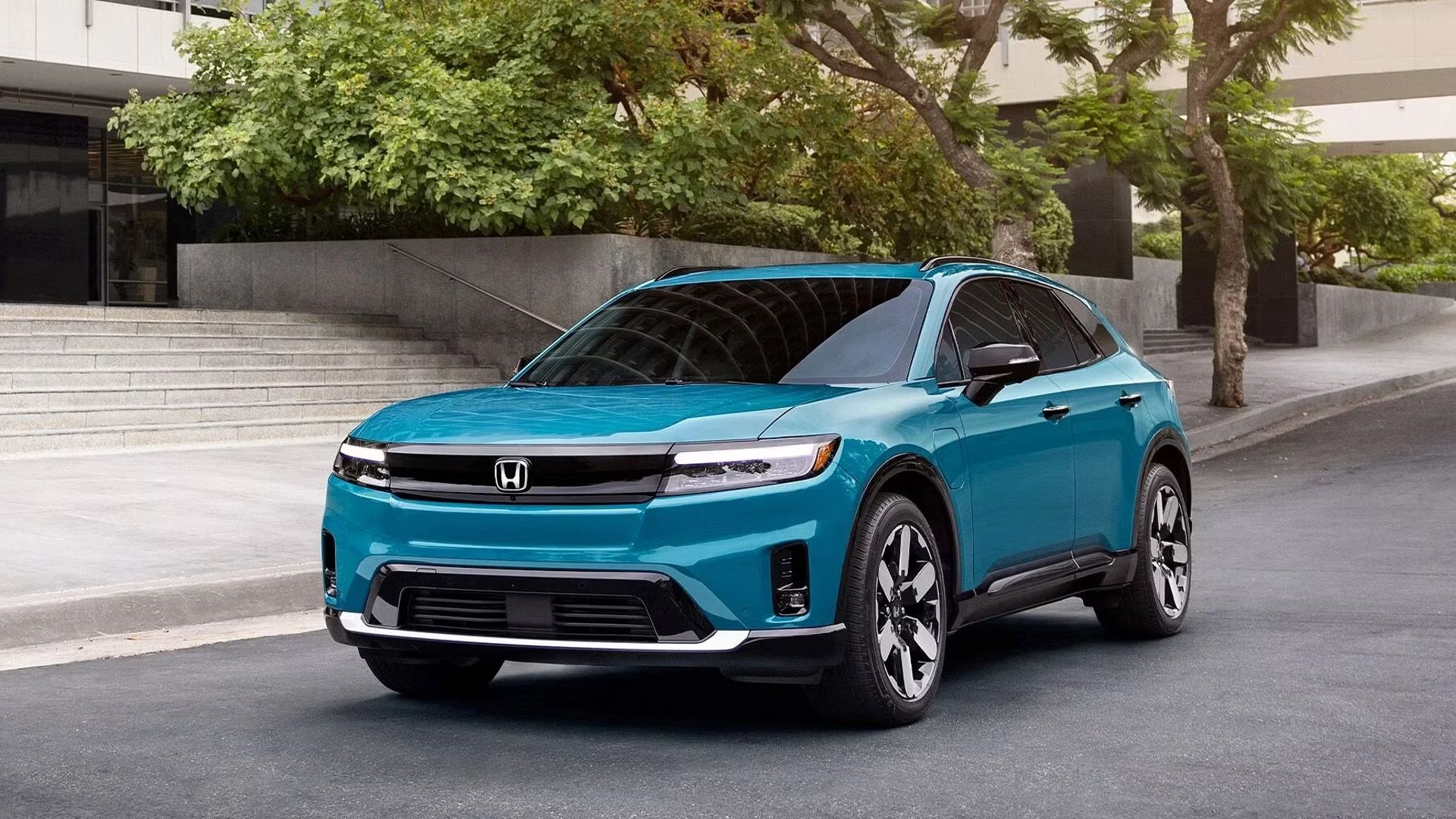
Honda Plans to Offer Electric Vehicles with Solid-State Batteries and 600-Mile Ranges by 2030.
Honda is also in the running for solid-state batteries, but will it cross the finish line first?
Such envisioned air vehicles often have design issues with multiple motors. Potential foes can range from commercial jet air pollution to electromagnetic interference.
- Like its ubiquitous crate engines, Honda hopes to make its solid-state power systems usable for use over land, sea, air, and potentially even in space.
- Honda plans to make its SSBs more affordable by manufacturing a larger quantity, which will help reduce costs through economies of scale.
A long time before transitioning to automobiles, Honda had a thriving crate engine business. Today, it remains one of the largest crate engine manufacturers in the automotive industry, with its products being used in everything from deep underground equipment to power tools in space. As the internal combustion engine gives way to electric vehicles, Honda is actively preparing for a future lead in power system technology.
Expanding Applications Across Mobility Ecosystems
Honda may also be developing solid-state batteries for use in ships, although it has chosen not to issue any press releases about this plan, since ocean shipping vessels generally only make headlines when they are involved in a major accident. In other words, Honda plans to make solid-state batteries available for all of its current engine applications.
Lowering Costs Through Economies of Scale
.
Honda's answer to this is a classic move from any economics textbook: employing the concept of economy of scale. This is a bold gamble for a technology that, so far, has not been proven suitable for road use. Honda plans to invest heavily to quickly mass-produce solid-state batteries, even though no consumer has purchased a car featuring one yet.
People haven't switched to electric vehicles, with cost and charging time being major concerns. Solid-state batteries can eliminate those drawbacks. Estimated ranges vary among manufacturers, but are always at least 500 miles. Most claim ranges between 600 and 900 miles per charge, surpassing those of any internal combustion engine vehicle with a full tank of gas. Furthermore, vehicles powered by solid-state batteries are significantly more resistant to rapid charging than lithium-ion batteries. A car with an SSB would need only slightly more time to charge than a gas-powered vehicle at a gas pump.
A Path to Achieving Net-Zero Carbon Emissions by 2050
- Honda plans to become completely carbon neutral by the year 2050.
- Honda plans to produce only electric vehicles, both battery-powered and hydrogen-powered, by the year 2040.
.)
Even in the 21st century, US automakers still struggle to design vehicles that can fit more than a few people. It's no surprise, then, that Honda is aiming for carbon neutrality, and not putting a deadline far off in the future.
Propelling the Future with Renewable Energy Options
Toyota focused more on its hybrid vehicles which are highly profitable and also on its fuel-cell vehicles, which work with hydrogen, albeit sometimes extravagantly so.
Honda's history with electric vehicles has been the same. Indeed, the two companies introduced their first fuel cell electric vehicles in the same year. However, Honda (like Toyota) is now expanding its electric vehicle lineup.
Honda May Stop Producing Its Last Gasoline-Powered Car in Just 15 Years
These alternatives remove many issues that prevent electric vehicles from being used with many people's home setups.
SSBs have a high temperature tolerance, which makes managing their cooling needs easier. All batteries get hot when quickly charging or providing bursts of power, such as when the accelerator is pressed firmly. It's also clear that most electric vehicles are used outdoors, where the ambient heat can reduce a battery's lifespan even when not in use.
As Honda President Keiji Otsu noted, "All-solid-state batteries are a major game-changer in the electric vehicle era, helping to drive Honda towards becoming a leader in e-mobility." It's become a cliché for business leaders to call solid-state batteries a "game-changer," but Honda is well-positioned to actually make that vision a reality.
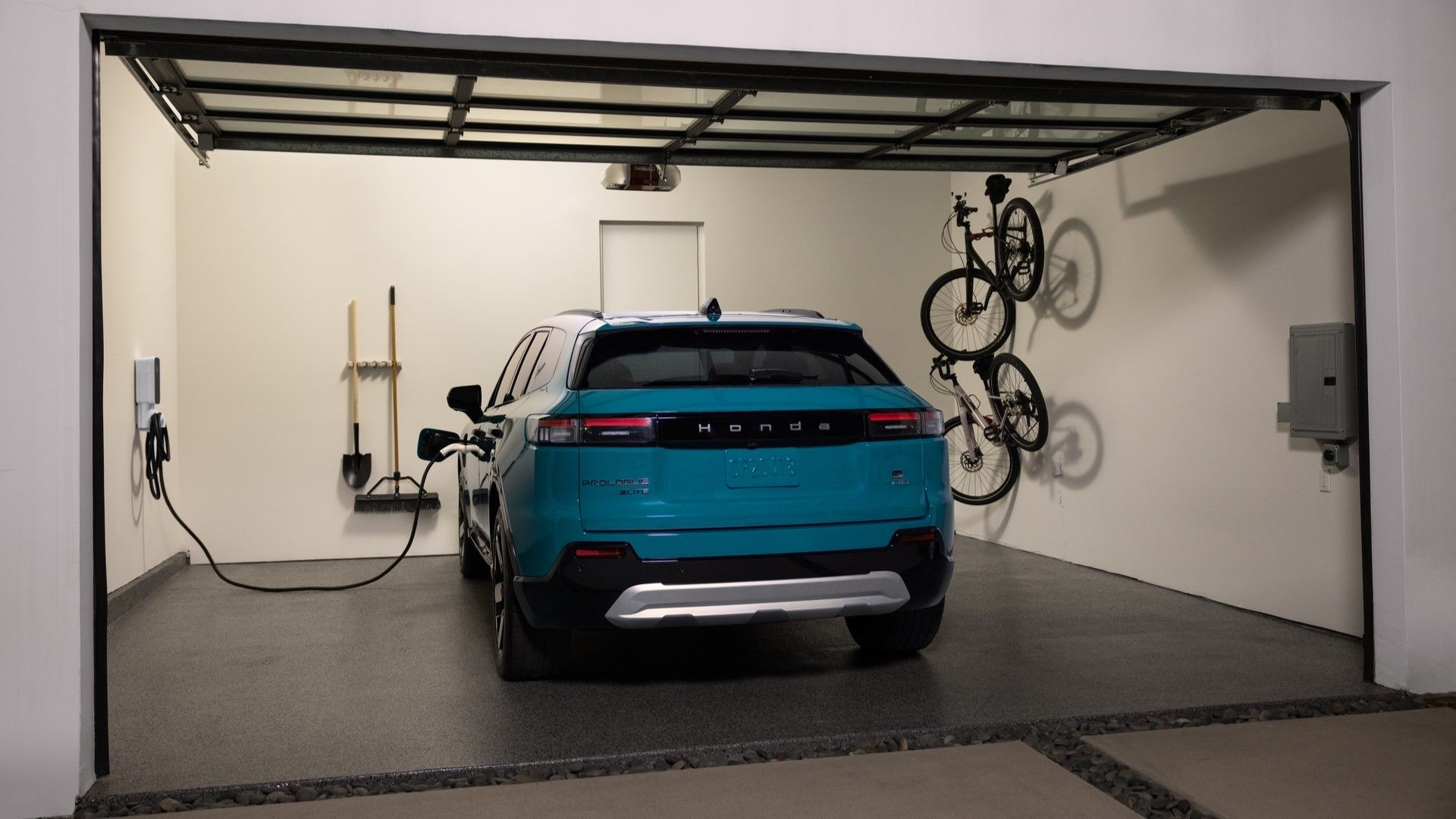
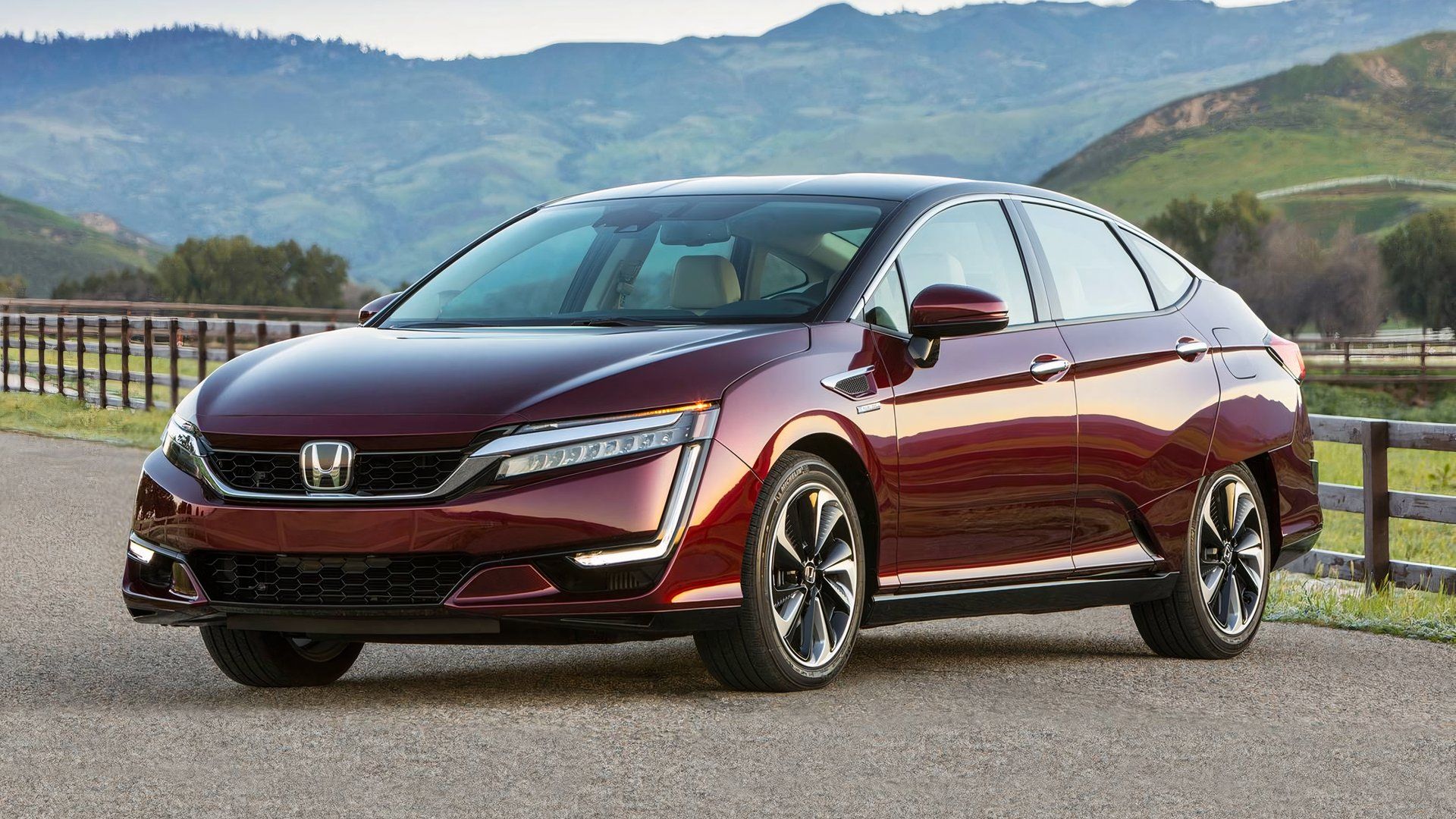
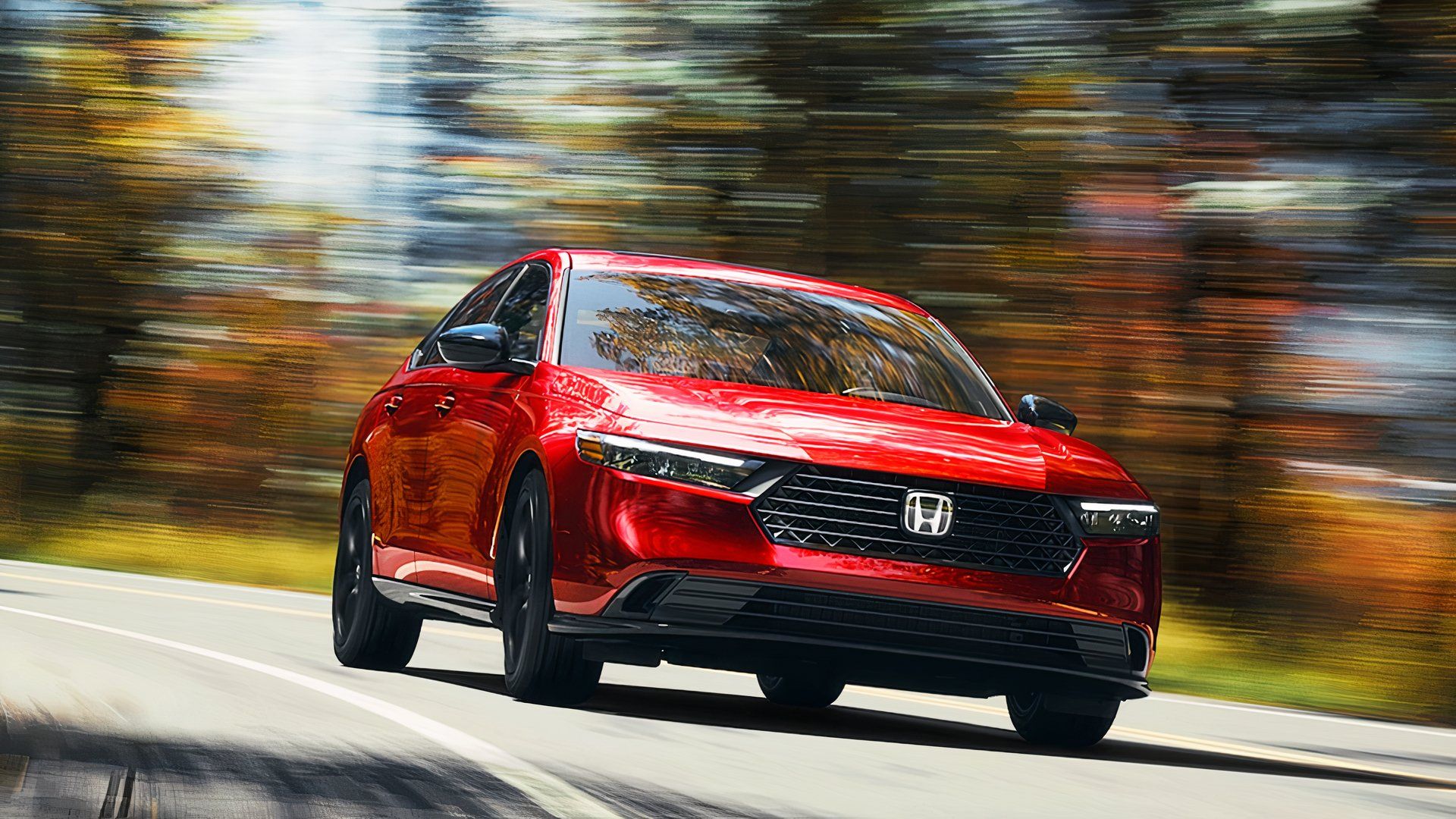
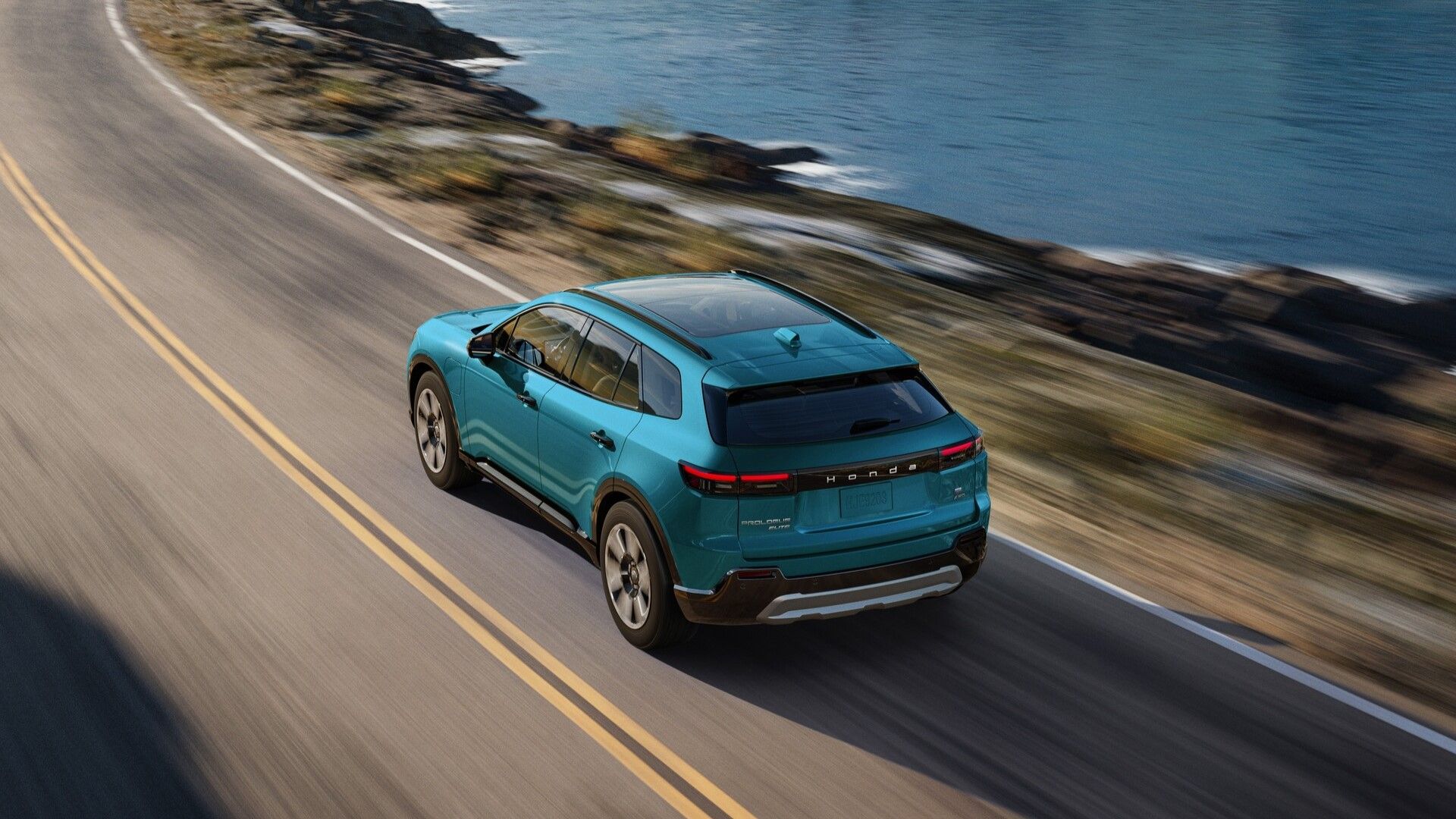
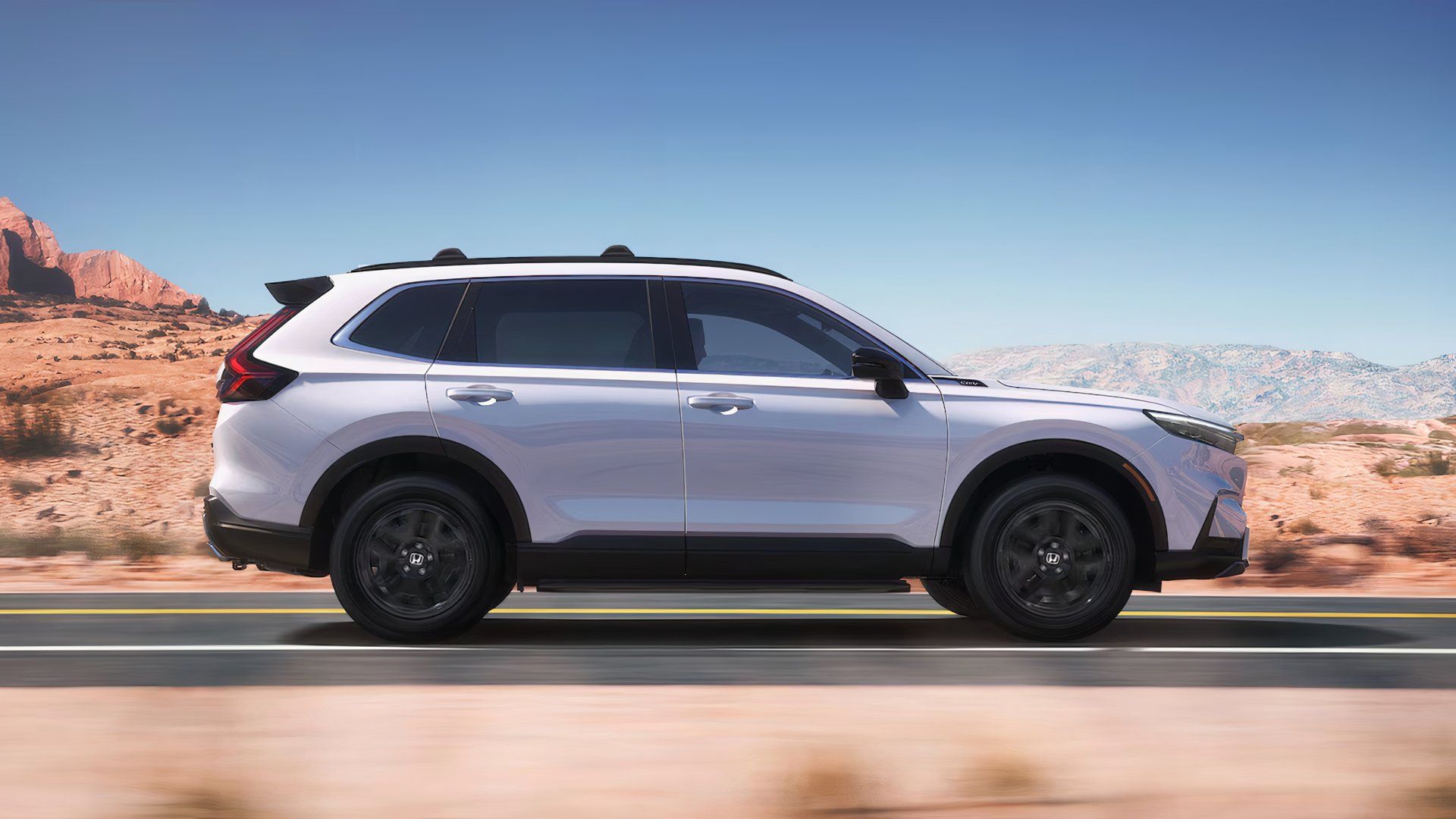

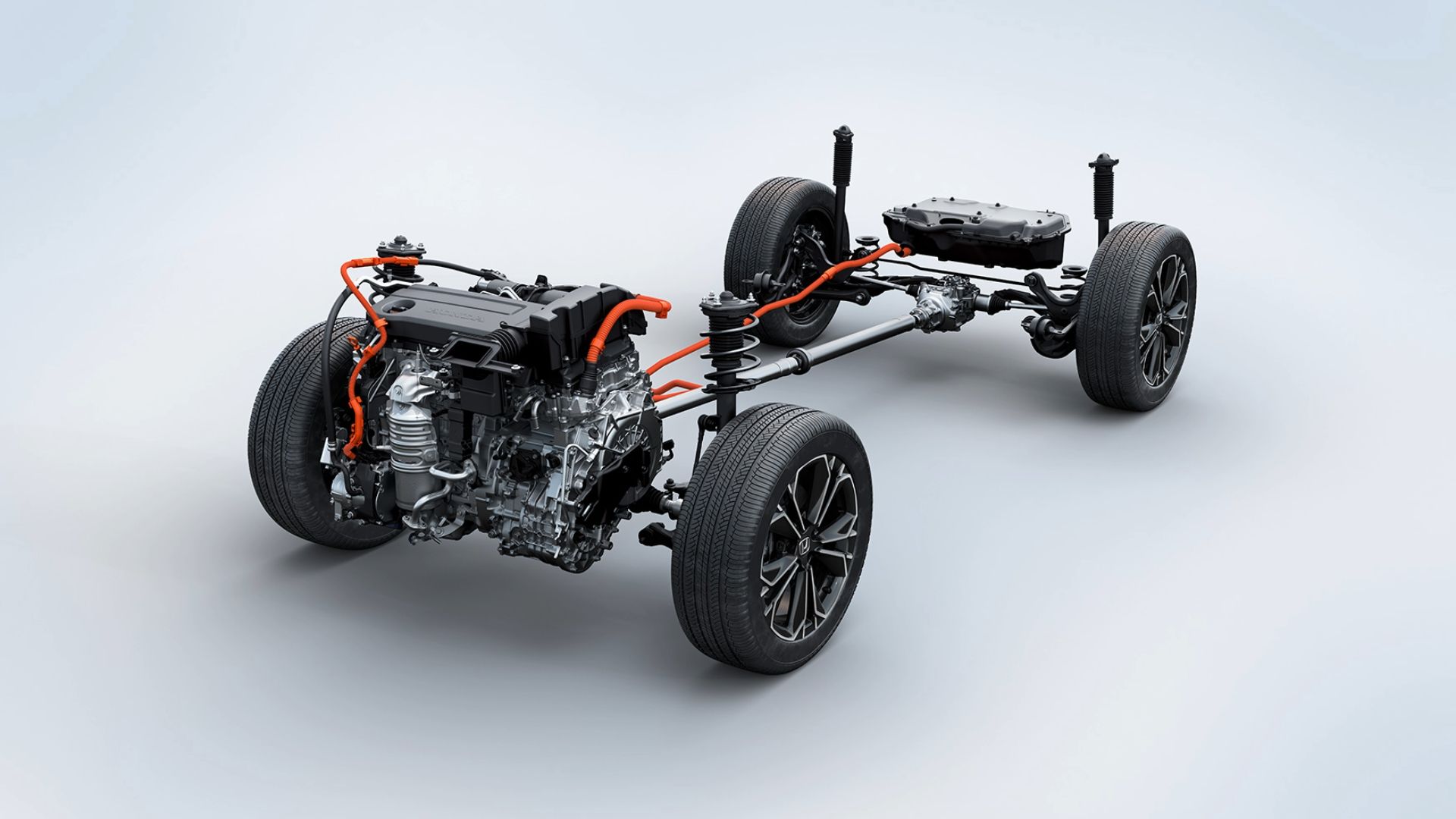
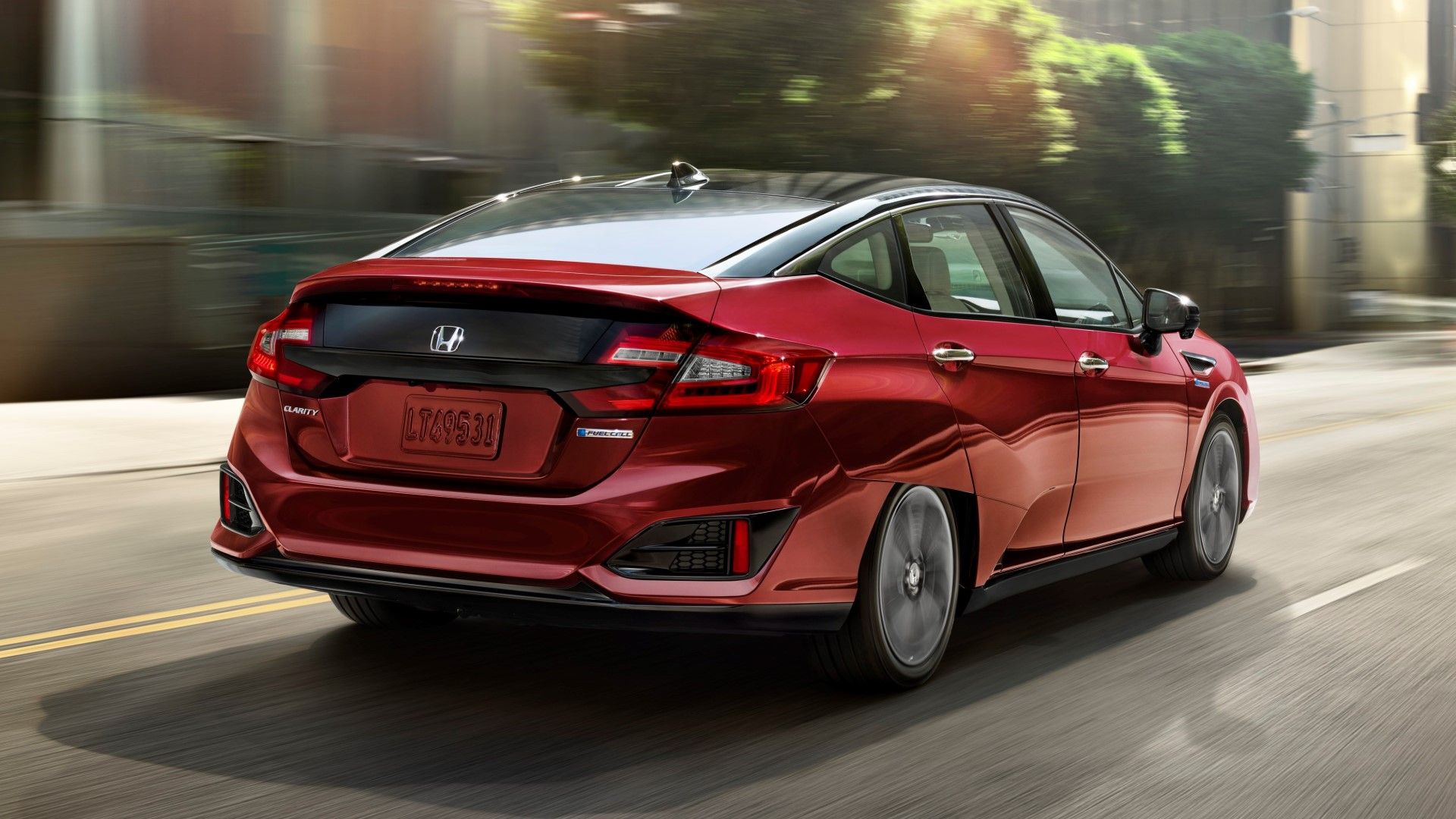
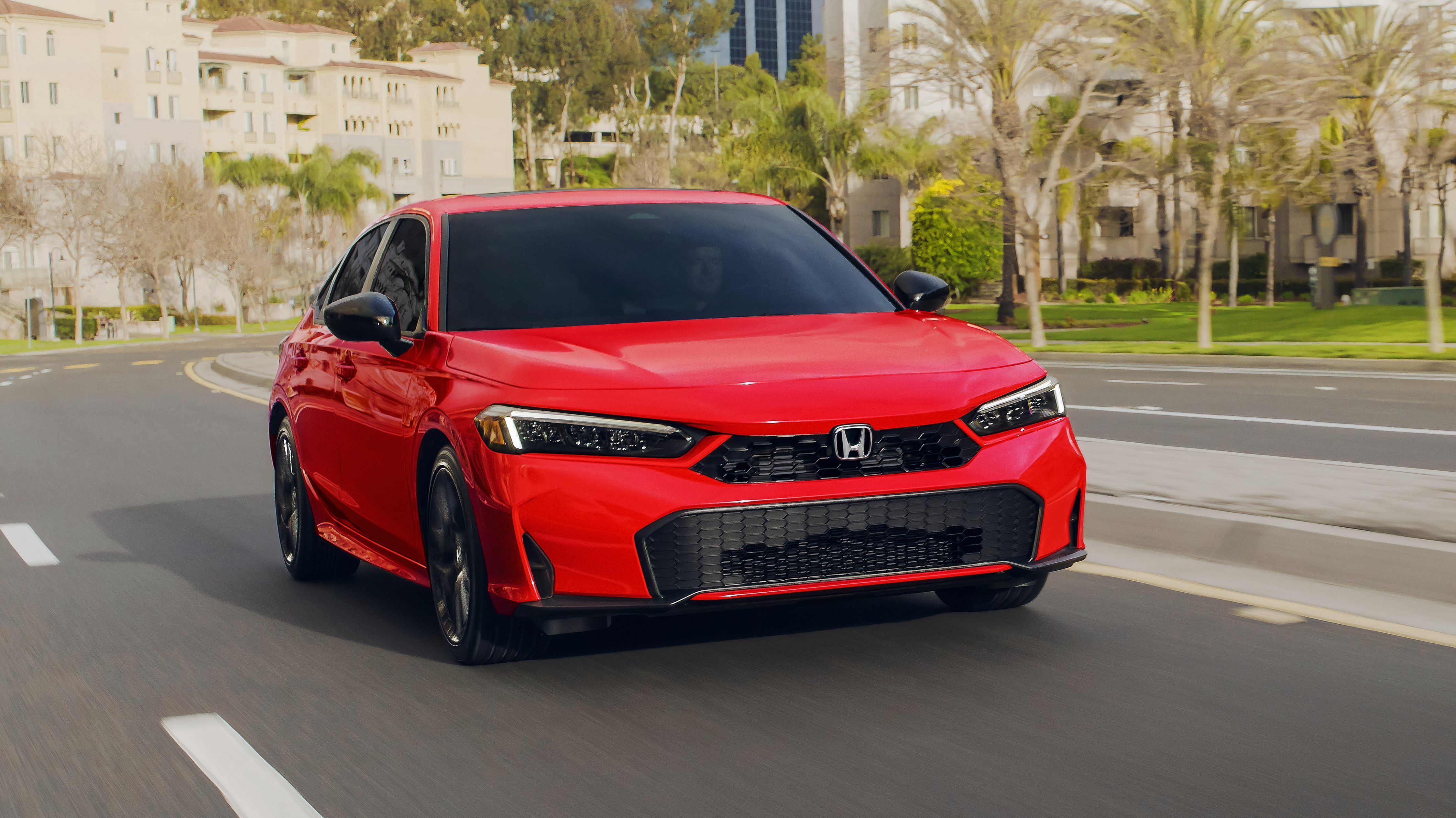
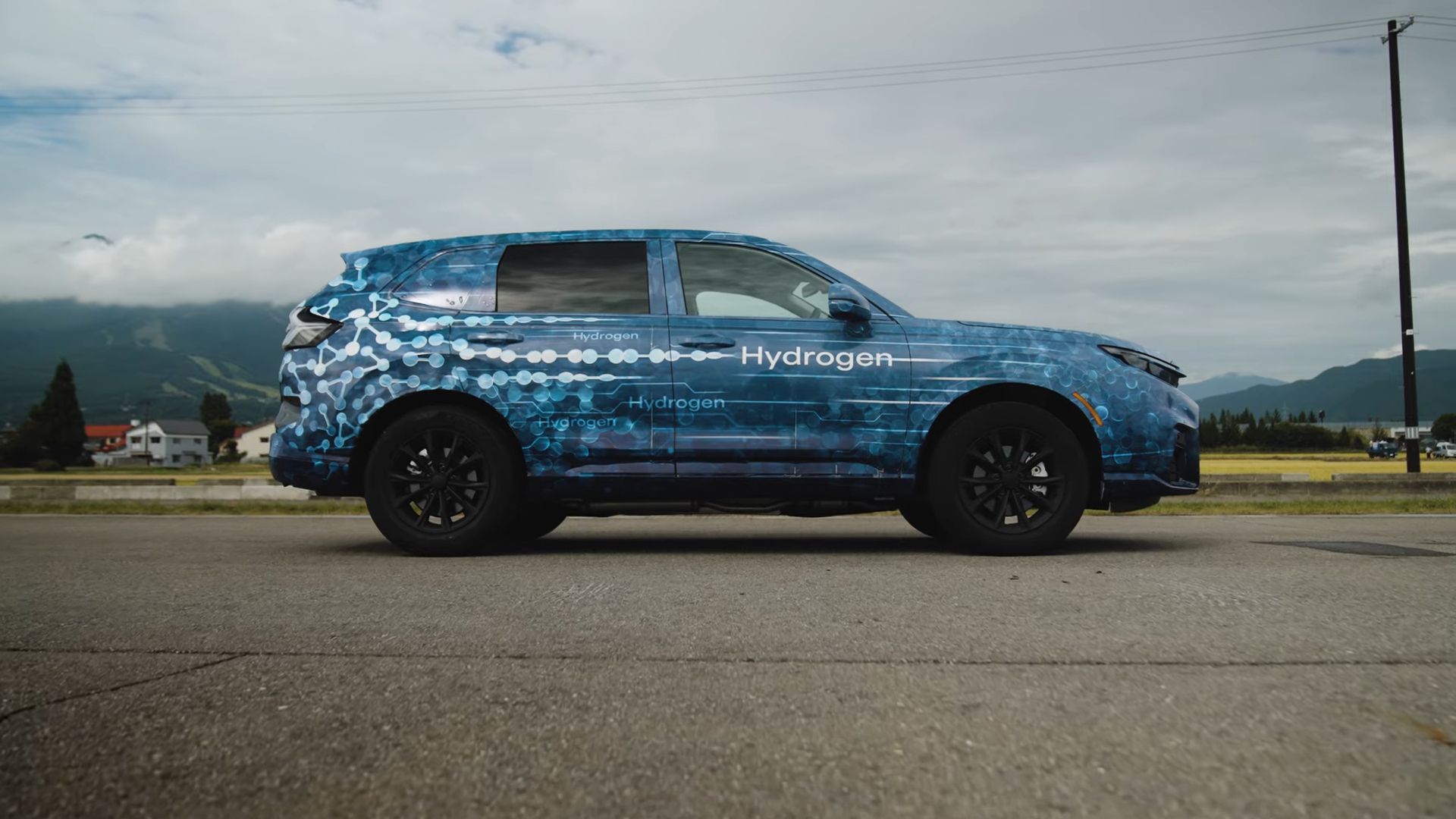
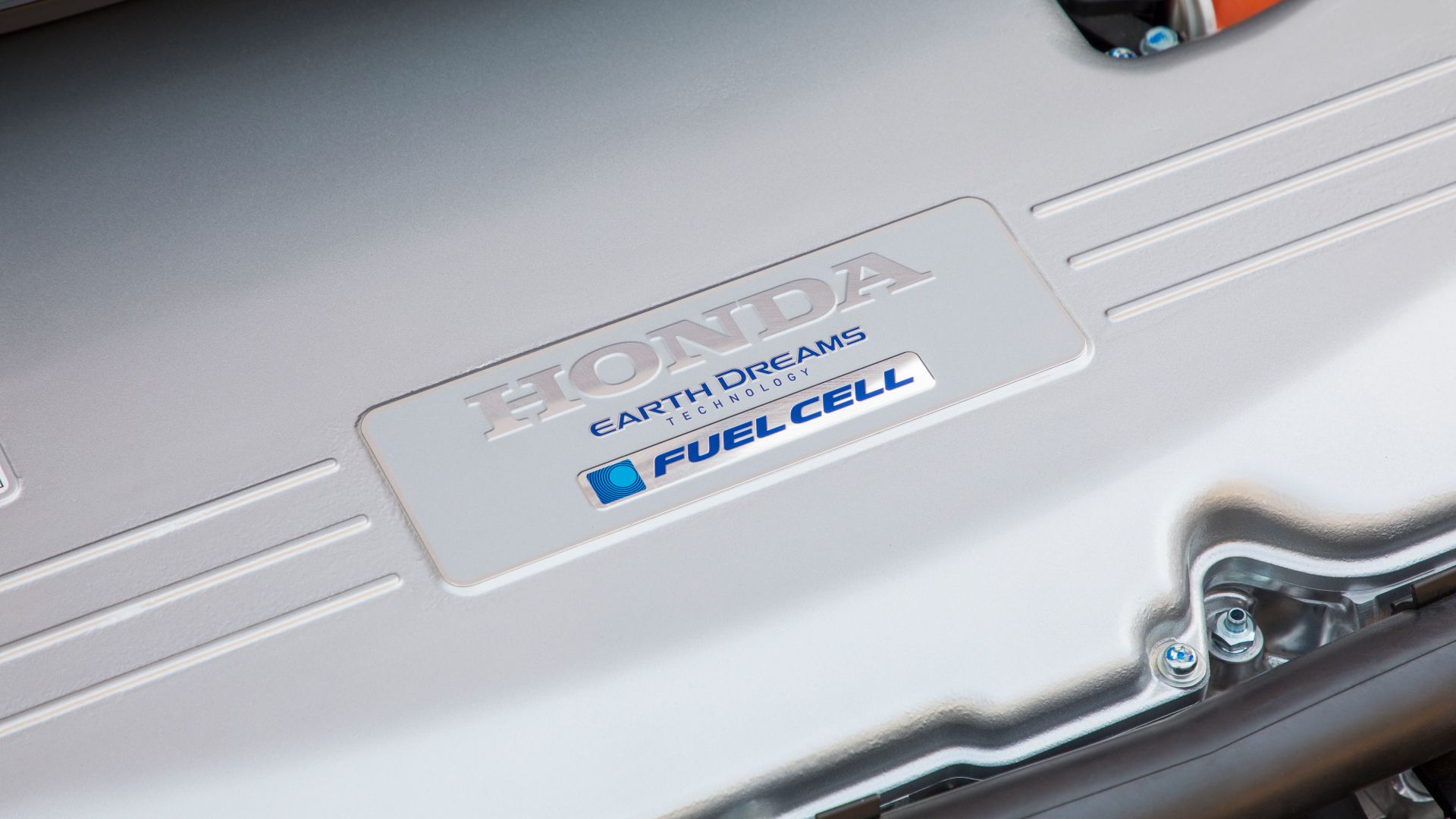
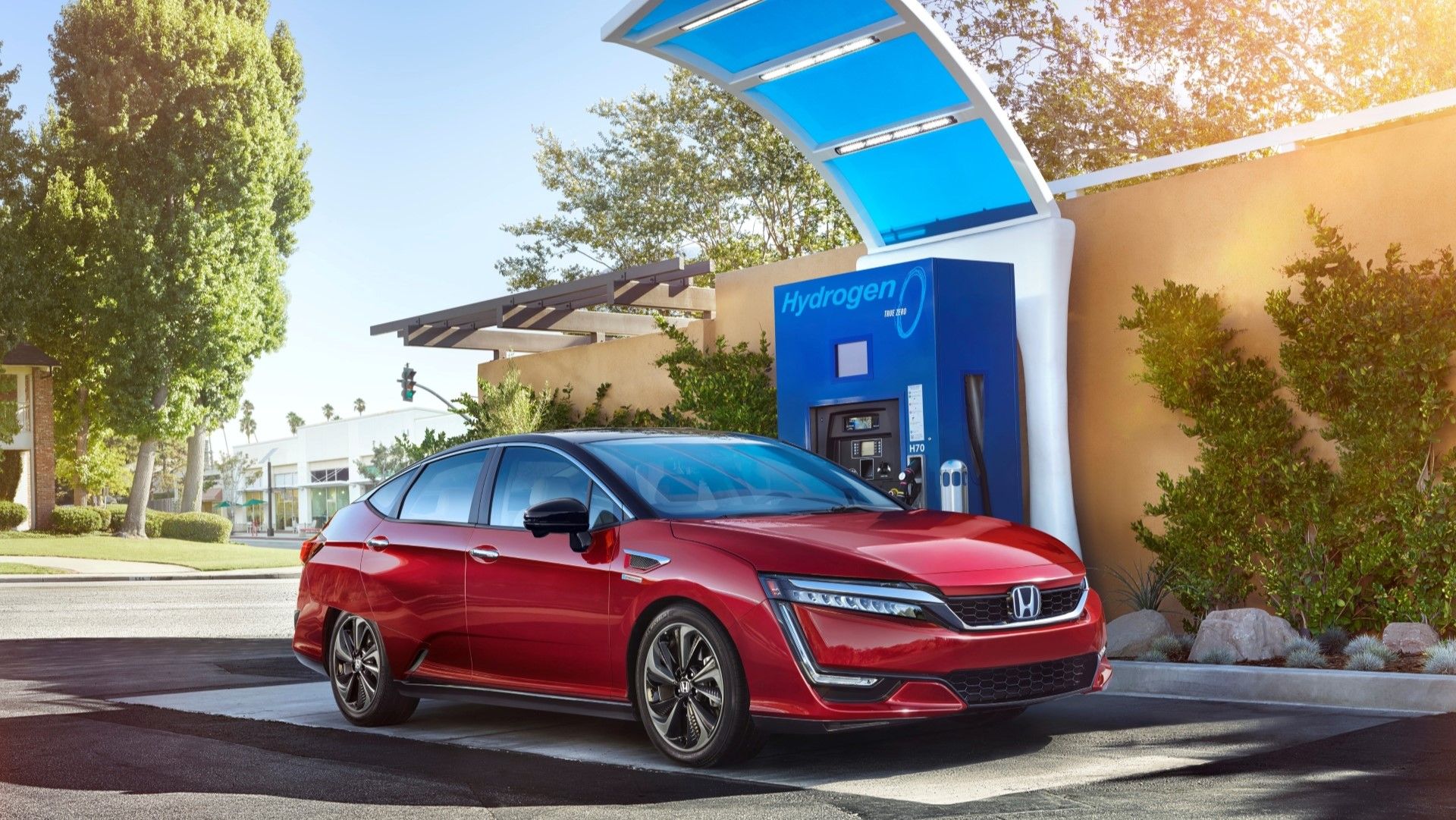
Posting Komentar